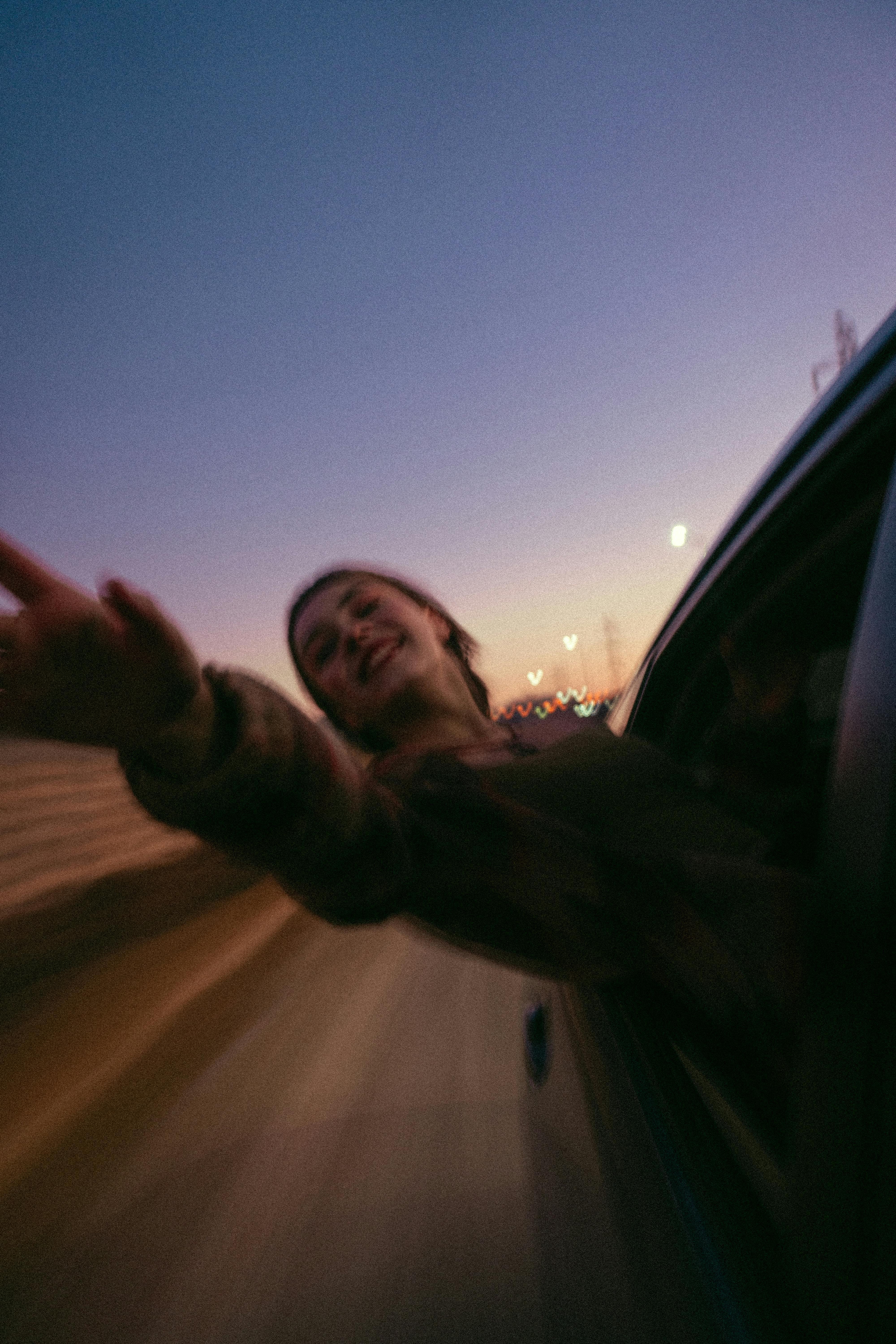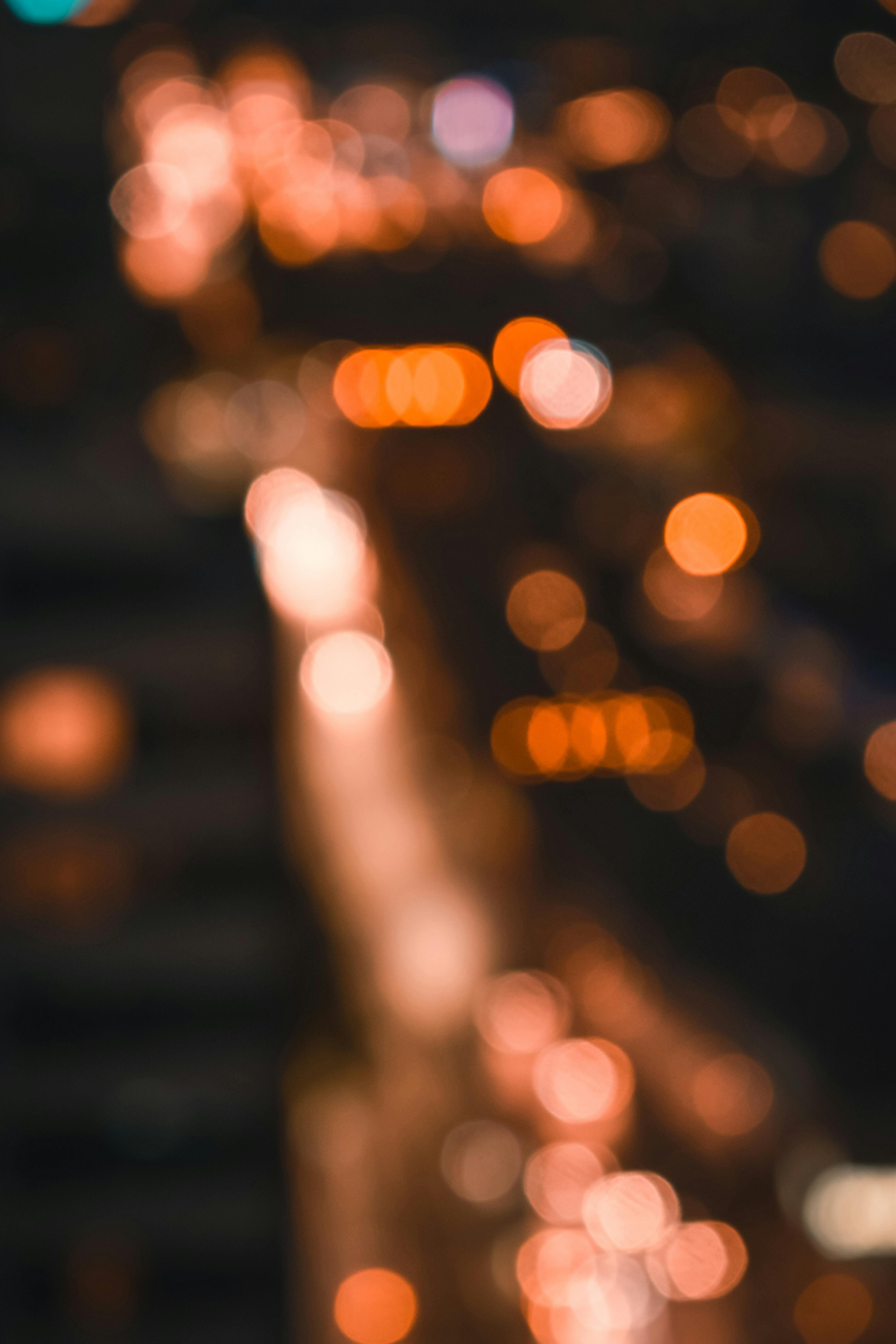Hello, fellow instagram enthusiasts! Have you ever noticed that your perfectly snapped photos look blurry when you post them on Instagram? You’re not alone. As someone who has spent countless hours snapping, editing, and posting in pursuit of the perfect grid, I can tell you that this is a common frustration. So, let’s delve into the mystery of why Instagram photos get blurry and unravel solutions that will help you maintain the high quality of your cherished shots. Stick with me as we explore what really happens to those pretty pixels!
Instagram Photos Blurry on Reddit: What Are People Saying?
If you’re a frequent Reddit user like me, you’ve probably stumbled across multiple threads discussing blurry Instagram photos. Reddit, home to honest opinions and user experiences, offers insights into this widespread issue.
Many Redditors report that their high-resolution images lose clarity once uploaded to Instagram. The consensus seems to be that Instagram compresses images, reducing quality. Others speculate lagging internet connections during uploading or inconsiderate editing apps may also be to blame.
Here’s a thought: Reddit is a goldmine for troubleshooting advice. One user recommended switching off Wi-Fi when uploading to prevent the app from compressing the images. Another pointed out that direct uploads from high-quality sources, such as editing apps or cloud storage, might sometimes maintain better quality than those freshly snapped on your phone.
While not every tip may work universally, Reddit serves as a community where users actively share what worked for them, offering a variety of advice that can be tried and tested for your own improvement journey.
Why Are My Instagram Pics Blurry? Understanding the Compression
So, why exactly are my Instagram pics blurry? Instagram is known to compress images. There’s a good reason for this compression; it’s about keeping their platform running smoothly and efficiently across devices and networks.
When you upload an image, Instagram’s algorithm applies compression—essentially slimming down the file size. While this process is generally seamless, it can sometimes strip your image of its sharpness. Now, some blame may lie partly with the platform, but let’s not ignore other potential culprits.
When taking photos, ensure your camera settings are optimal. I’ve found that using the camera app instead of the Instagram camera can reduce initial quality interference. Using natural light and stationary subjects can enhance sharpness pre-upload. Then, when editing, avoid excessive filters and modifications that might degrade quality before Instagram has its turn with your photo.
In my experience, these small modifications can sometimes make a huge difference in maintaining quality and curbing the blurriness you face.
Does Instagram Make Pictures Blurry? Here’s the Real Insight
It’s easy to point fingers at Instagram, but does Instagram make pictures blurry inherently? The answer is multi-dimensional; it’s partially yes. Instagram’s need to serve billions of users with quick data usage can lead to downsized image quality.
However, this is more nuanced. Instagram optimizes images differently depending on where they’re uploaded or viewed. For instance, a picture shared on Instagram Stories undergoes slightly different compression than one in the feed.
Here’s a hack that I’ve played around with: Opt for JPEG over PNG, as Instagram favors JPEGs during compression. Also, keeping image dimensions close to Instagram’s preferred sizes (like the classic 1080 pixels width) seems to help in reducing unwanted compression consequences.
Instagram does its best within technical limits. However, by aligning your input with Instagram’s preferences, you’re more likely to see your images retain their intended clarity.
Instagram Photo Blurry Before Posting: Diagnosis and Quick Fixes
What if your photo looks blurry even before you post it? Sounds familiar? You might be dealing with a different beast. Pre-upload blurriness hints at issues rooted outside Instagram, possibly in your device’s settings or photo quality preset selections.
First, check your camera settings. Ensure you’re capturing at the highest resolution possible. Often phone default settings don’t leverage the camera’s full potential. Don’t worry—I’ve spent a fair bit of time picking the perfect settings myself!
Next, third-party photo editing apps sometimes compress or lower image quality during export. Conduct a simple experiment—edit and export on different apps while gauging quality variance. For me, Lightroom and Snapseed have yielded quality-preserving results efficiently.
In conclusion, blurry previews are not solely Instagram’s baggage. Refining your capture and export practices will significantly enhance clarity by the time you reach the posting stage.
Instagram Photos Blurry After Editing: The Third-Party App Battle
I’ll be honest: Editing my photos is a must, as Instagram-worthy shots sometimes need that little extra sparkle. But have you ever noticed photos becoming blurry after editing? Sometimes it’s your app betraying you!
Editing apps can surprise you, unwittingly reducing resolution as you frequently edit and save your masterpiece. Experienced this first-hand? Me too! Some apps sneakily default to lower-quality exports.
Here’s what can help: check each app’s export settings. Enable the highest quality output and note if it prompts you to choose a quality level with each save. Keep in mind, each save step might degrade quality unintentionally.
Equally essential is transitioning wisely between devices and apps. My experience taught me to save photos in uncompressed formats (like TIFF) if they’re part of a multi-edit process. This keeps quality consistent until final export for Instagram, where a JPEG suffices.
Ultimately, mastering your editing process will mask your Instagram photo’s vulnerability to unwanted blur after editing.
Why Are All My Instagram Pictures Blurry? Tips for Consistent Clarity
Facing blurry images left and right? It might be time to consider persistent habits or settings that could be your nemesis. From personal trials, here are cumulative factors and practices that can uphold a high quality consistently.
Firstly, check your internet connection. Slow connectivity sometimes prompts auto-compression during upload, as the platform compensates by shrinking file size for faster processing.
Another thing: enable “Upload at Highest Quality” under your Instagram settings. Little tweaks, big relief—I assure you this option helps maintain resolution.
Also, opt for natural lighting. It drastically impacts the photo quality, reducing the processing load that might blur subtle details when artificial enhancement becomes necessary.
Consider a preventative audit of your process like I did. Optimize each stage—from capturing, editing, to uploading—and you’ll see why cluttered practices have made all your Instagram pictures blurry.
Why is My Picture Blurry on Instagram Story? Stories Under the Microscope
Instagram Stories have their own appeal but have you ever noticed that your Snaps to Stories are blurry? Often this is the result of Instagram’s story-compression algorithm.
Let’s think about it: Stories are supposed to be short-lived, quick looks. Therefore, Instagram prioritizes speed over supreme quality. From my own experiments, uploading Story content directly from the phone camera versus importing from the gallery led to better outcomes.
Furthermore, watch for data saver features on Instagram, which reduce quality to conserve data. Those settings are tucked away under Profile > Settings > Account > Data Usage. Untick “Data Saver” for full resolution uploads, which I’ve found immensely useful.
Stories will never match Feed-quality due to their transient design, yet minor vigilance can nudge Instagram into preserving more of your image’s integrity before vanishing in 24 hours.
Why Does Instagram Lower Quality on Multiple Photos? Understanding the So-called ‘Carousel Curse’
Are your multi-photo carousels guilty of an added blur? The issue lies partly in the backend—Instagram treats these more weightily due to multiple simultaneous images, resulting in collective compression.
From my observations, maintaining a uniform aspect ratio for every image in a carousel consistently mitigates quality drop. Also, uploading fewer photos at a time (perhaps per storytelling need) spares you from an aggregation that severely bogs down quality.
Upon testing, I found that simple measures, such as keeping each photo under 2MB and matching their dimensions, help tremendously. By aligning your approach to Instagram’s back-end constraints, consistent image clarity in carousels grows more feasible.
Why is My Photo Quality So Bad on Instagram Stories? A Pragmatic Look
So, let’s dive deeper into why your photo quality might suffer specifically on Instagram Stories. Given the platform’s ephemeral focus there, my observations reveal a significant dependency on compression to initiate fast, seamless browsing.
My practical tip: before uploading a Story, avoid over-filtering to preserve as much original detail as possible. Save copies of edited pics in high quality, so the gradual drop over multiple stages is minimized.
Moreover, pixelate-prone GIFs and stickers can distort surrounding image regions. Refrain from excessive embellishments if crispness is your game.
Think about data usage settings on your phone too—I switched off my low-data mode and noticed immediate improvements. With enhanced control and clarity over your uploads, Instagram Stories need no longer equate to compromise in quality.
How Do I Stop Instagram from Ruining my Photo Quality? Solutions for the Long Haul
Finally, let’s piece everything together with practical steps you can apply consistently. After extensive trials, here’s what worked wonders for me in preventing Instagram from blurring my hard work.
Firstly, determine resolute photo settings on your phone’s camera—maximize quality output right from the source. Then, reduce over-reliance on third-party photo apps unless necessary—every transformation cycle chips away at clarity.
Next, ensure stable internet connections for direct uploads. As I found, uploads via robust Wi-Fi preserved more quality than on-the-go posts. Further, experiment with Instagram preferred dimensions, cropping exactly to 1080pixels width initially, fitting Instagram’s framing preference.
Lastly, remind yourself every now and then to check updates on Instagram settings—they change periodically, like when the “Upload at Highest Quality” became an option.
Overall, balancing preparation and vigilance serves you best. Images can finally reflect your intended creativity, unscathed by the haze of blurry compromise.
Crafting pristine Instagram images may seem like tightrope walking at first, but with these insights, I’ve only started to appreciate the art. By capitalizing on these strategies, you too can photograph, edit, and post like an Instagram pro. Enjoy sharing your best—blur free!

